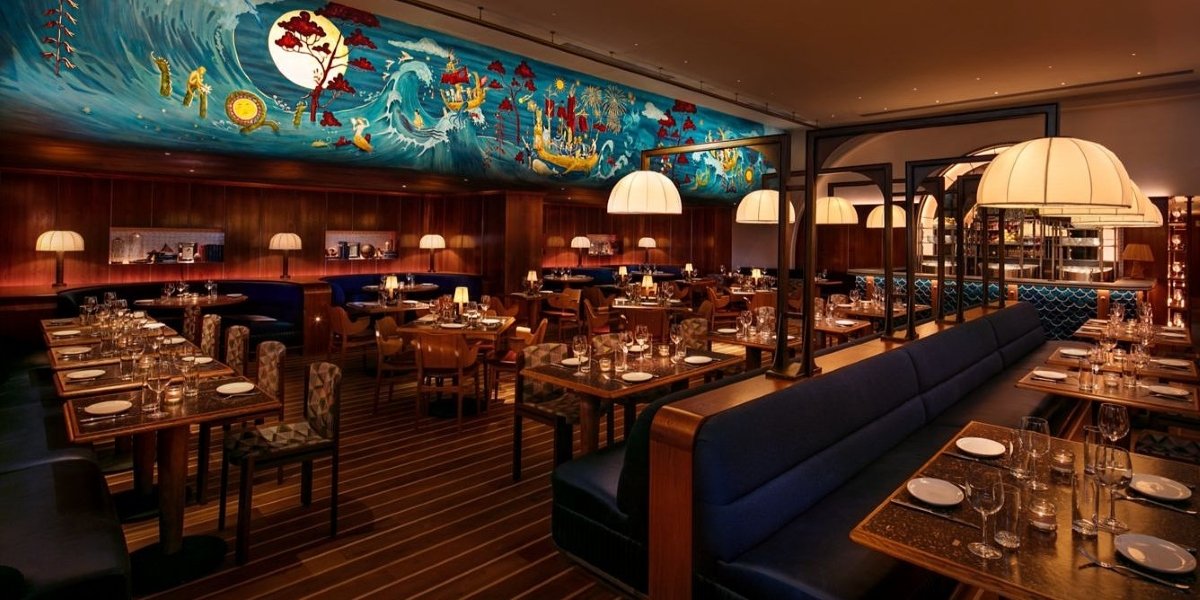Fashion influencers have become an essential part of the modern shopping experience. Their presence on online content platforms has transformed the way people discover, evaluate, and purchase clothing and accessories. From setting trends to recommending products, these individuals have a direct impact on consumer behavior, reshaping the retail landscape.
The rise of digital media has created a new kind of public figure: the influencer. Fashion influencers are individuals who have built a dedicated online following by sharing their personal style, outfit ideas, and product recommendations. Unlike traditional advertisements, influencer content often feels more relatable and authentic, making it highly effective in influencing shopping habits. These influencers frequently collaborate with brands to promote products, creating partnerships that resemble friendly advice. Their ability to connect with audiences on a personal level gives them significant sway over purchasing decisions.
Trust and Relatability Drive Influence
One key reason fashion influencers are so effective is their ability to cultivate genuine trust with their followers. Unlike traditional celebrities who often feel distant or curated by PR teams, fashion influencers present themselves as approachable and authentic. They share intimate glimpses into their daily lives—whether it’s a behind-the-scenes look at their morning routine, a candid moment of self-doubt, or a spontaneous outfit-of-the-day post. These personal touches foster a sense of connection and relatability, allowing followers to feel as though they truly “know” the influencer.
This emotional proximity translates into credibility. When influencers provide honest reviews or openly discuss the pros and cons of a product, their audience perceives their opinions as sincere and unbiased. The trust they build isn’t just about transparency—it’s also about consistency. Followers come to rely on their taste, style, and judgment over time, often viewing them as fashion-savvy friends or aspirational role models.
Influencers excel at contextualizing their recommendations. Rather than simply endorsing a brand, they often explain why a product resonates with them personally—whether it aligns with their values, fits their lifestyle, or solves a specific problem. They demonstrate how they incorporate items into their wardrobe, offer styling tips, and even link directly to retailers or discount codes. This level of detail is invaluable to consumers who crave practical, actionable advice before making a purchase.
Digital Platforms as the New Shopping Arena

Online content platforms have evolved into virtual shopping destinations where consumers can browse outfits, discover brands, and make purchases with just a few taps. Influencers play a pivotal role in this ecosystem by showcasing products in real-life scenarios. Whether it’s a styled photoshoot or a quick try-on video, their content brings products to life in a way that static advertisements cannot.
This shift has also led to the rise of shoppable posts and affiliate links, making it easier than ever for followers to buy the products they see. Consumers no longer have to visit physical stores or browse endless online catalogs. Instead, they can often shop directly through an influencer’s profile, streamlining the process. Fashion influencers don’t just promote individual products; they frequently set trends. When an influencer wears a specific style or accessory, it can quickly become popular among their followers, leading to a surge in demand. This has significantly influenced the rise of fast fashion, where brands rapidly produce affordable versions of trending items. While this trend-driven culture offers exciting opportunities for consumers to experiment with their style, it has also raised concerns about sustainability. The constant demand for new products can contribute to overconsumption, which is an ongoing challenge for the fashion industry.
The Reach of Niche Influencers
While influencers with massive followings often dominate headlines and attract widespread attention, it’s the niche influencers who are quietly reshaping consumer behavior in profound ways. These individuals may not boast millions of followers, but their audiences are highly engaged, loyal, and often deeply aligned with the influencer’s values and aesthetic. What sets niche influencers apart is their specialized expertise—whether it’s sustainable fashion, modest wear, plus-size styling, or vintage streetwear—and their ability to speak directly to communities that are often overlooked by mainstream fashion marketing.
Because of this intimacy and authenticity, their recommendations tend to feel more personal and trustworthy. Followers see them not as distant celebrities, but as relatable guides who understand their unique needs and preferences. This emotional connection translates into higher engagement rates and more meaningful brand interactions. When a niche influencer endorses a product, it’s not just a transaction—it’s a conversation rooted in shared experience and mutual understanding.
Niche influencers play a pivotal role in advancing inclusivity and diversity within the fashion industry. By spotlighting specific styles, body types, cultural identities, and lifestyles, they help broaden the definition of beauty and style. Their platforms become safe spaces for self-expression and representation, empowering audiences who have long felt marginalized by conventional fashion narratives. In doing so, they challenge industry norms and push brands to be more thoughtful, inclusive, and responsive to the real-world diversity of their consumers.
Fashion influencers have fundamentally changed how people shop. By blending personal style with product promotion, they’ve created a new form of marketing that feels authentic and engaging. Their impact can be seen in the rise of fast fashion, the growth of online shopping, and the evolving ways consumers approach trends. As digital media continues to evolve, so will the role of influencers in shaping consumer habits. For brands, understanding how to collaborate effectively with influencers is key to staying relevant in this fast-changing landscape. For consumers, it’s about finding inspiration while being mindful of how these trends align with personal values and budgets.









